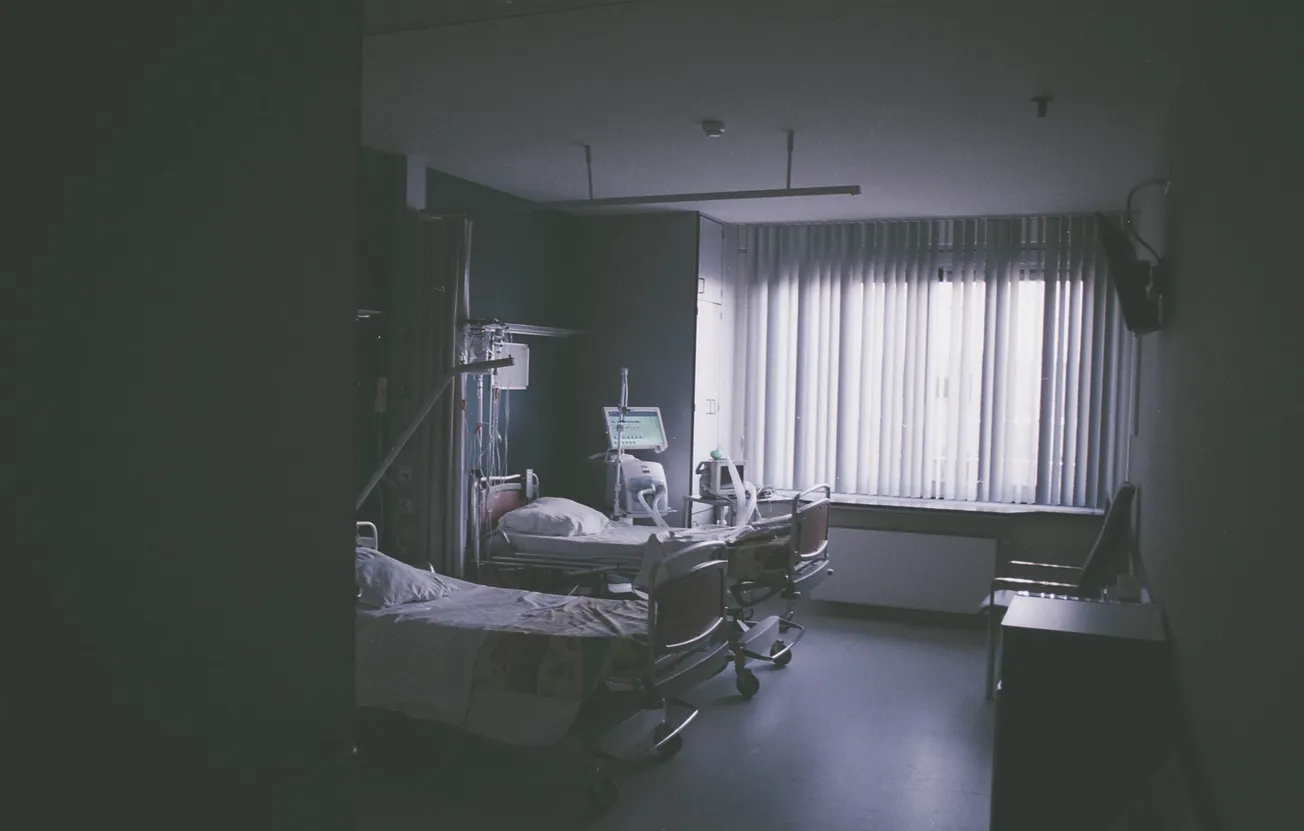Michael Cook
mercatornet.com
Michael Cook is the editor of MercatorNet
The Sunday Times, the leading newspaper in the UK, has launched a campaign to end the ban on assisted suicide. It has thrown its weight behind a private member’s bill in the House of Lords introduced by Baroness Meacher, who is also the chair of Dignity in Dying.
At the top of the page is the bold headline “Assisted dying bill aims to stop ‘unbearable suffering’”. This is a neat summary of the contradictions in the latest media campaign to change the law. Nowhere in the article is the phrase “unbearable suffering” mentioned in connection with Baroness Meacher’s bill. But those two words are guaranteed to make readers tremble.
True, fear of “unbearable suffering” does buttress her argument. In a brief article about her bill in The House, an on-line publication about the UK Parliament, she writes that for people who fear suffering in jurisdictions where assisted suicide has been legalized, “this is effectively an insurance policy that allows them to lead happier lives. … I want all of us to have that insurance policy and some control at the end of our lives.”
But it is not relief from pain, but relief from anxiety which is foremost in her mind. “Unbearable” is a highly elastic word, as she acknowledges: “Each of us has an idea of what we would find unbearable at the end of our life. All I ask is that we can decide for ourselves: is this level of suffering bearable for me?”
Without those vaunted safeguards, for a teenager, it might be a failed exam; for a young mother, it could be post-natal depression; for a grandmother, it could be the loneliness of lockdown. In the mind of the public “unbearable suffering” is linked to “terminal illness”. But as experience shows in the Netherlands, Belgium and Canada, this link can be — and has been — broken and the safeguards can crumble.
Baroness Meacher held up the example of the American state of Oregon for the Sunday Times. There, she said, assisted suicide was legalized in 1997. In all that time, there has been no abuse and the law is still open only to terminally ill adults.
Oregon’s Death with Dignity Act is often hailed by supporters of “dignity in dying”, in the UK and elsewhere, as an avenue to a quick and painless death. But its outcomes are seldom scrutinized. It’s worth lifting the hood of its annual report for 2020.
The first thing to note is why Oregonians asked for lethal prescriptions. Over the 23 years of the Act’s operation, from 1998 to 2020, 1,905 deaths were reported. Of these people, 90.6 percent attributed their request to the fear of losing autonomy; 89.9 percent to a fear of being “Less able to engage in activities making life enjoyable”; and 73.6 percent to loss of dignity. Other reasons were also cited: 47.5 percent did not want to be a burden and 43.1 percent feared losing control of “bodily functions”.
Unbearable pain? Almost off the radar.
Only 27.4 percent cited “Inadequate pain control, or concern about it”. It’s impossible to disaggregate those people who were in pain from those who were just worried about it. But it is astonishing that only one in four mentioned pain. They were overwhelmingly motivated by fear of loss of control in day-to-day living.
The second thing to note is that the experience of assisted suicide in Oregon was not necessarily painless and did not guarantee control.
In a substantial number of cases there were complications. Of those 1,905 deaths, 33 people had difficulty in ingesting the lethal drugs or regurgitated them; three had a seizure; and 16 had “other” difficulties. In eight cases, the patient “regained consciousness”. It’s hard to imagine how horrific it must have been for a person who expected to die peacefully – but suddenly found herself alive, awake … and possibly in great pain.
Oregon’s statistics look impressive, but the devil is in the detail. In more than half of the deaths, whether there were any difficulties is “unknown”. Someone failed to do the paperwork. Was it because there were no difficulties? Or because their pen ran out of ink? Or because the experience was unspeakably awful? It’s impossible to tell.
In any case, does this sound like a guarantee of control? In four to six cases in a million AstraZeneca Covid-19 vaccinations, people experienced blood clots – and there was international panic. A handful of instances of regurgitation, seizures, and regaining consciousness sounds like a good reason to reject “assisted dying”.
A third thing to note is that “assisted dying” in Oregon was not necessarily quick, despite assurances on the Dignity in Dying website that “In Oregon it takes an average of five minutes for people to fall unconscious and 25 minutes for them to die.”
The weasel word is “average”. Again, in almost half the cases, the time elapsed is unknown. But while the median (not the “average”) time for people to fall unconscious is five minutes, the maximum is 240 minutes. Can you imagine the distress of someone who expects to fall asleep immediately but ends up waiting and waiting, minute after agonizing minute, for four hours?
Worse still, Dying in Dignity misrepresents the time required to die. The median time to death throughout the 23 years of the Act is 30 minutes (not 25), but the maximum time is 4 days and 8 hours. Can you imagine the distress of relatives and friends as the person wheezes, gasps, and hallucinates for 104 hours?
Is this the “control at the end of our lives” that Baroness Meacher is promising Britons?
Please share this article so that others can discover The BFD.









